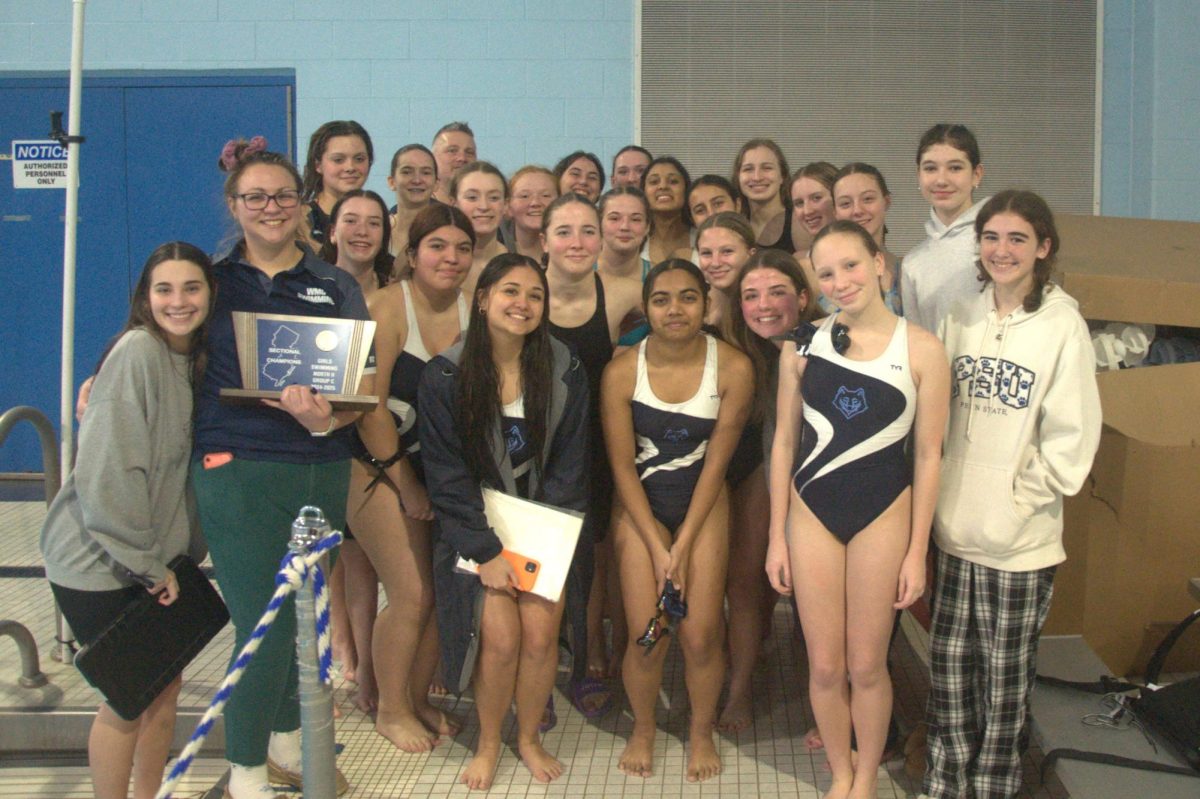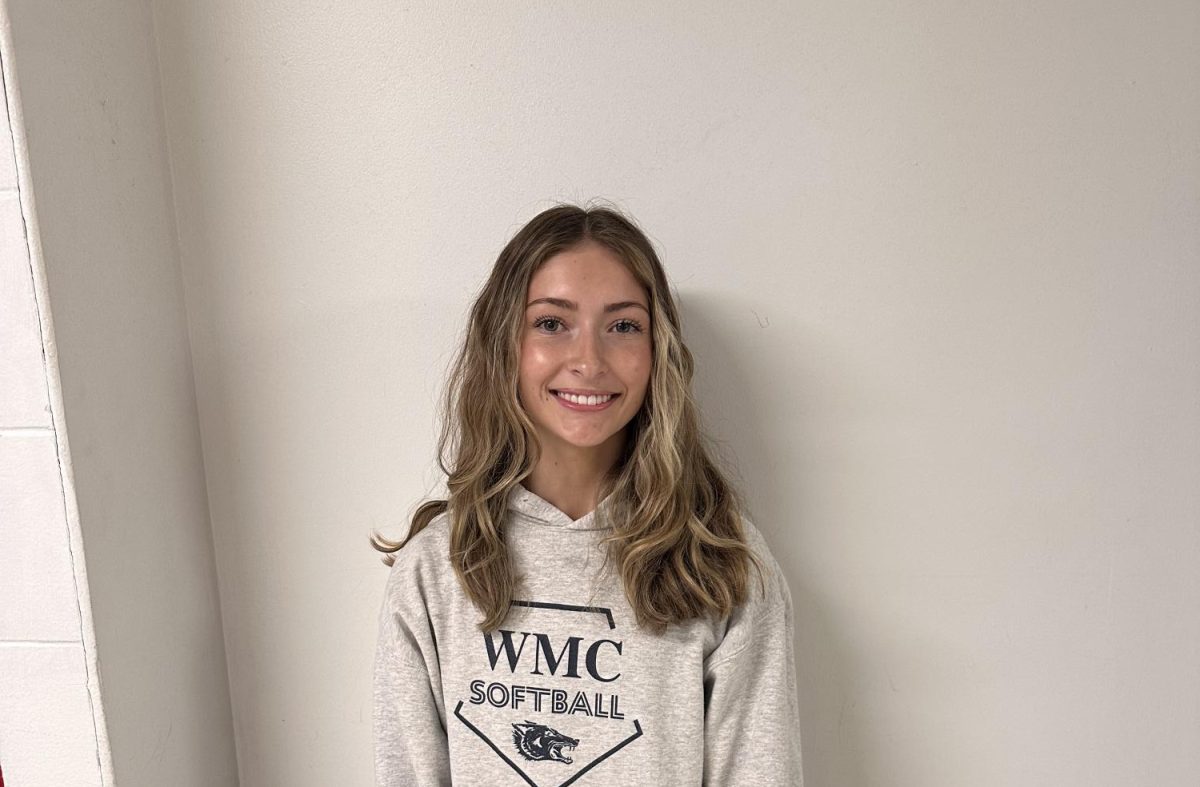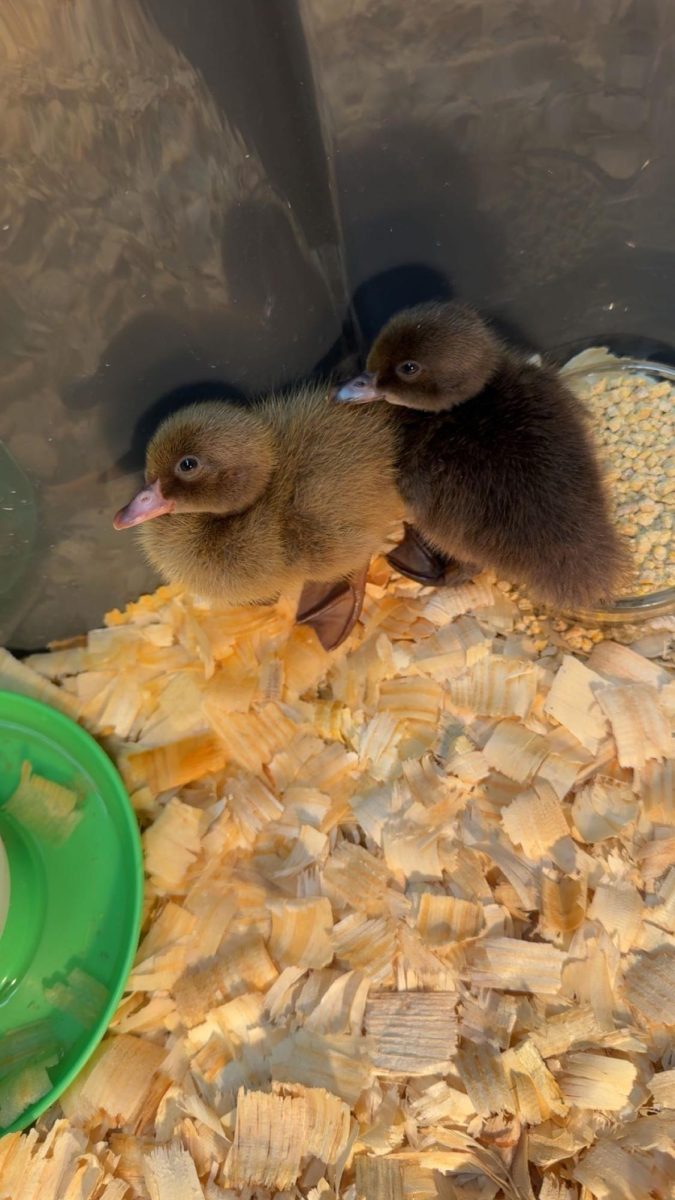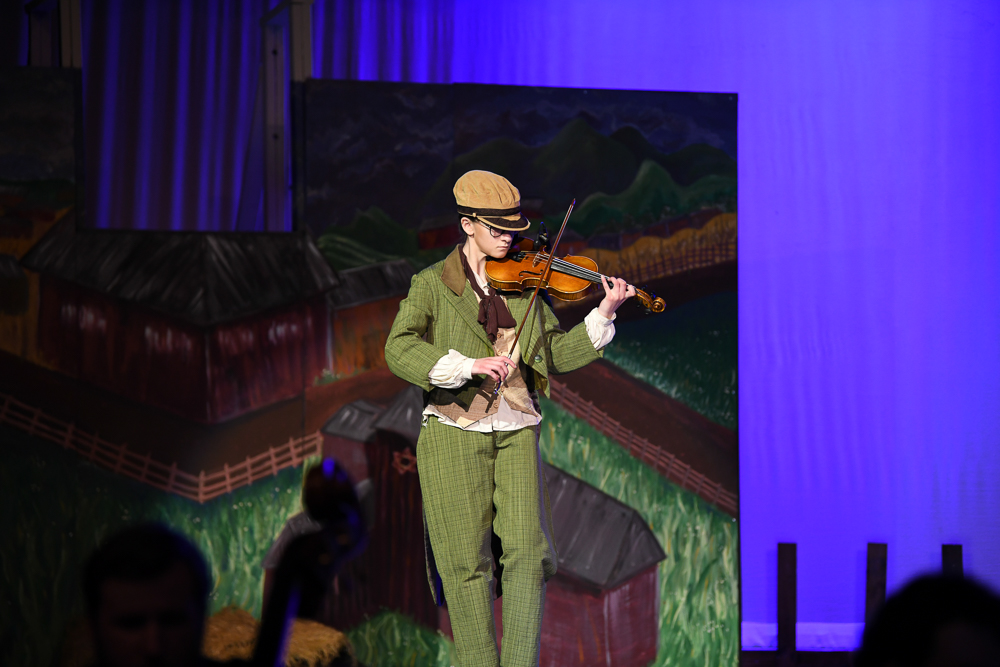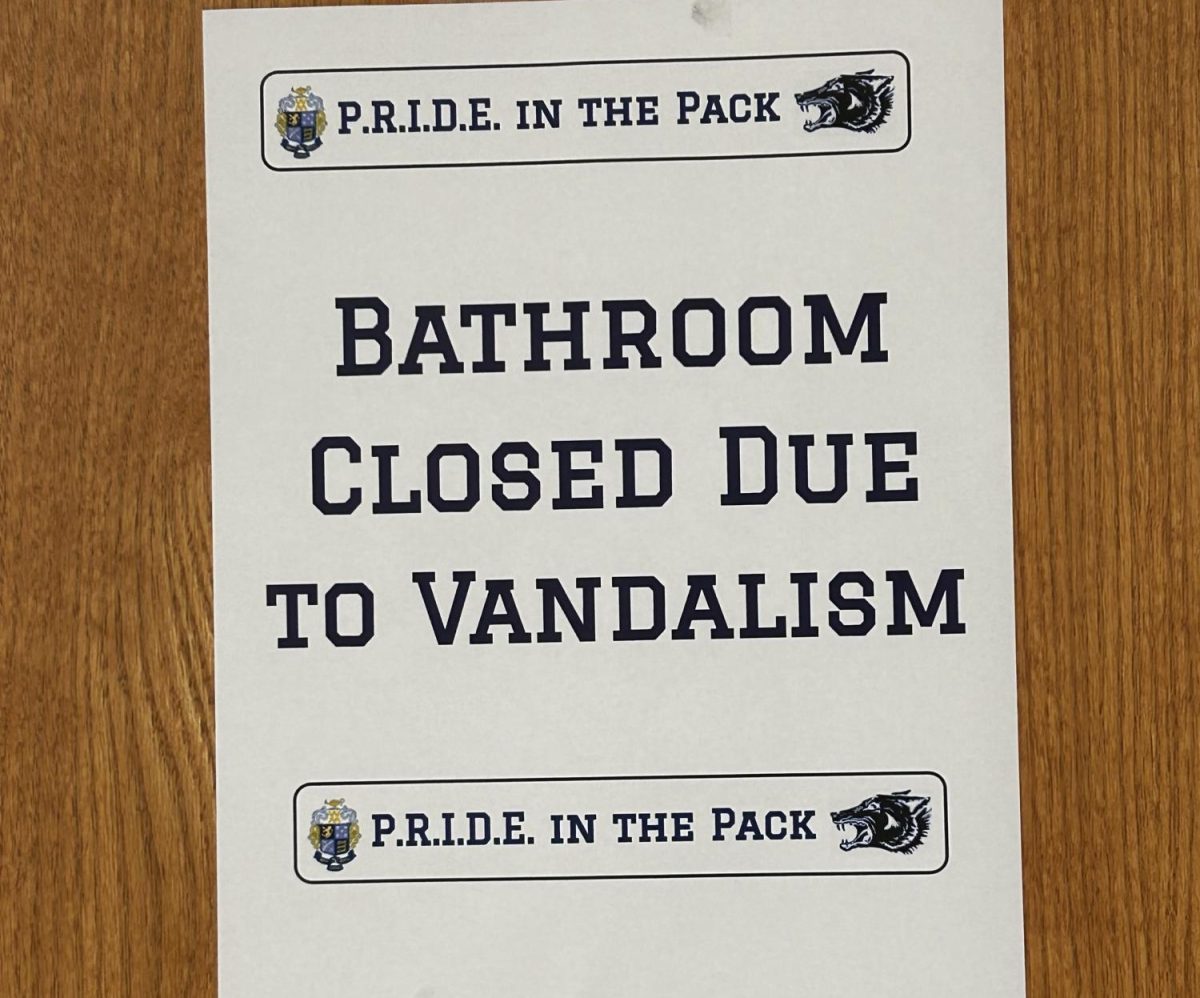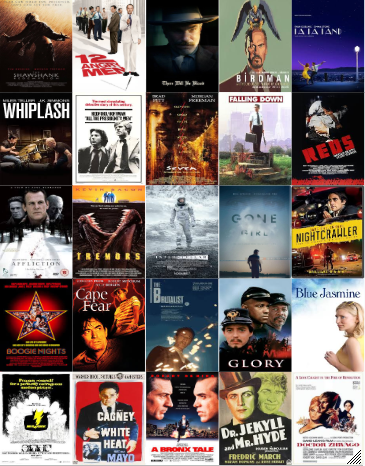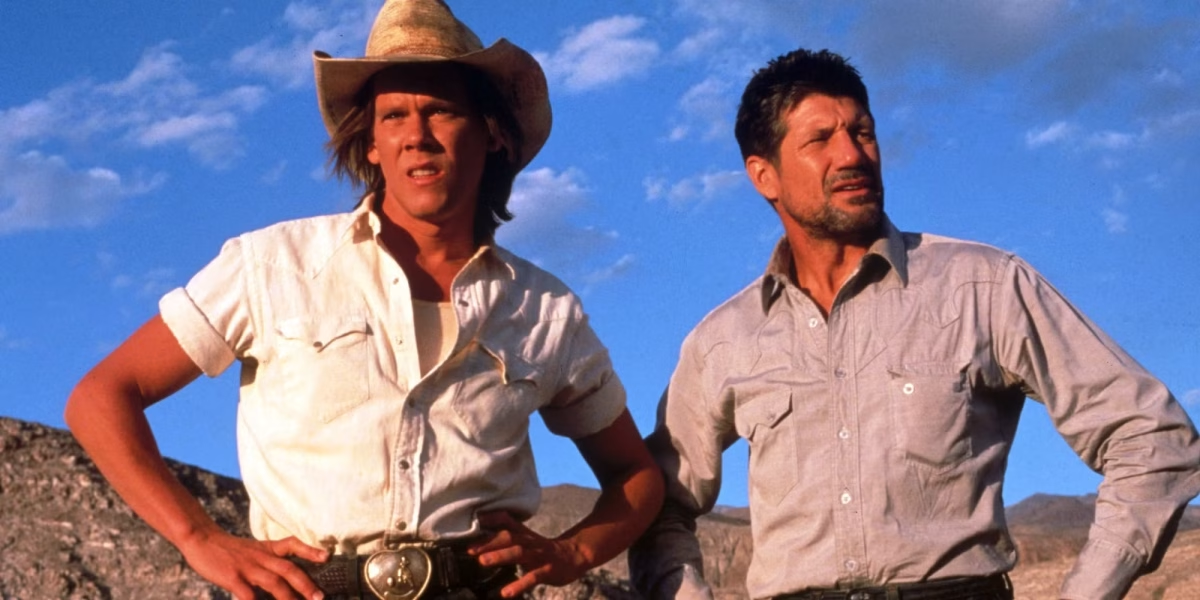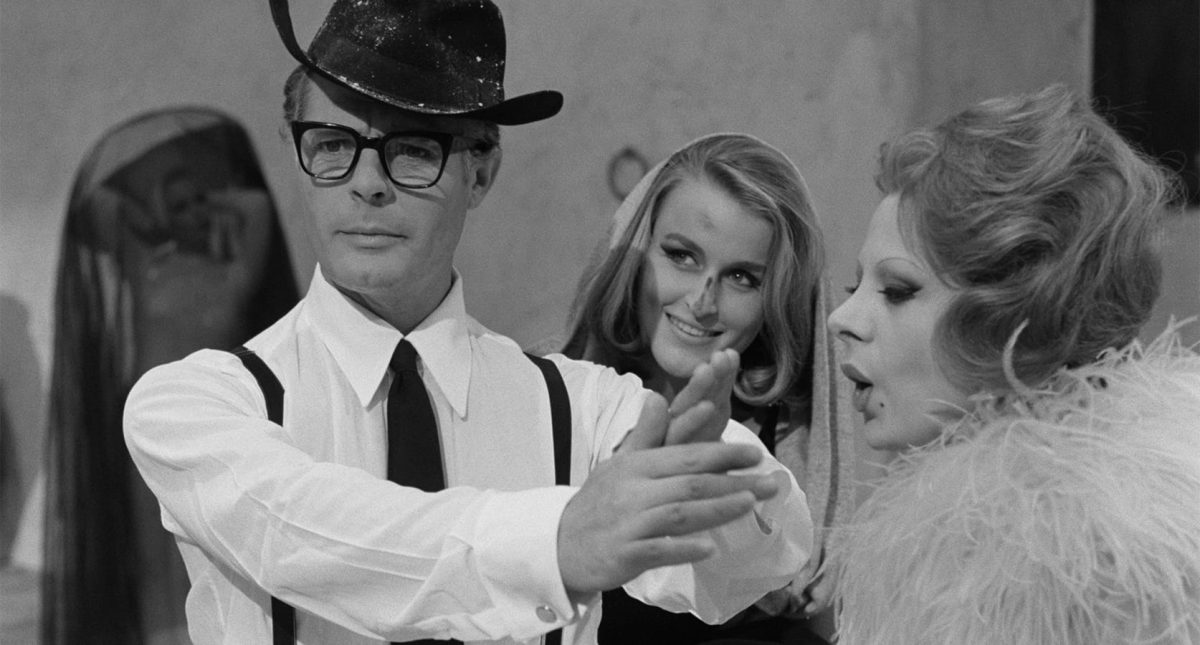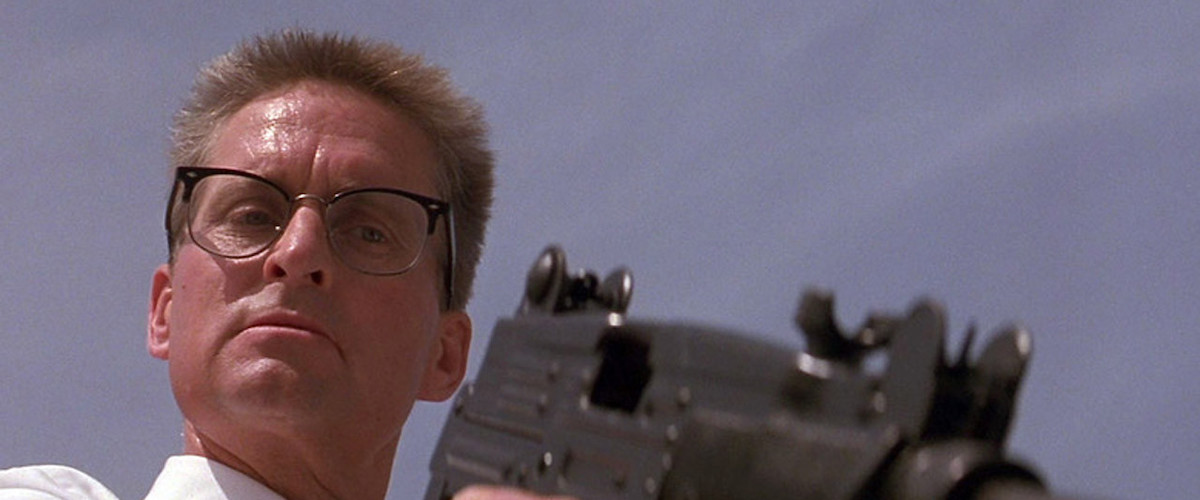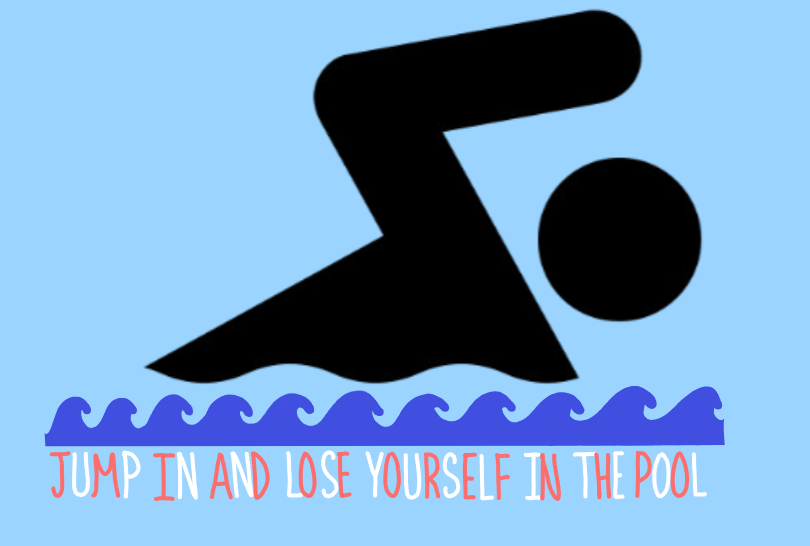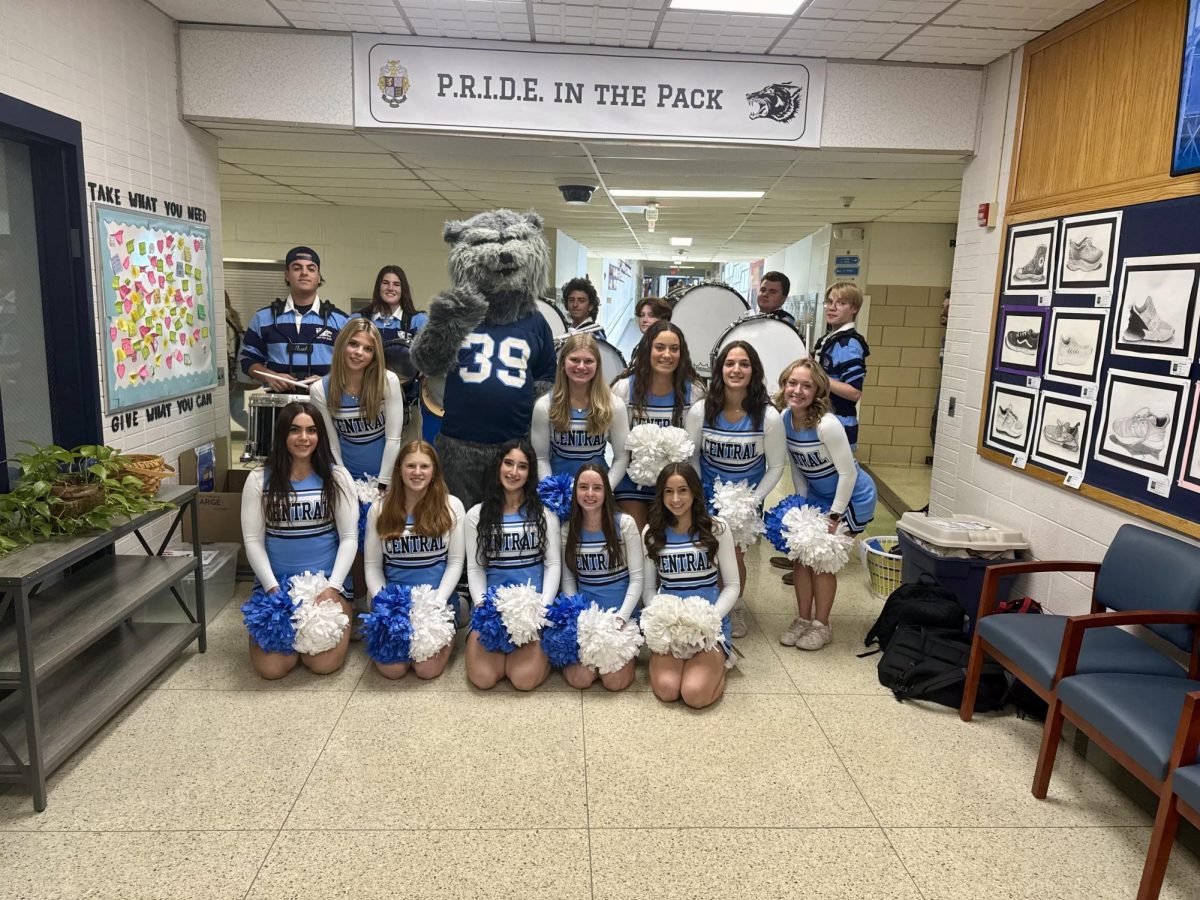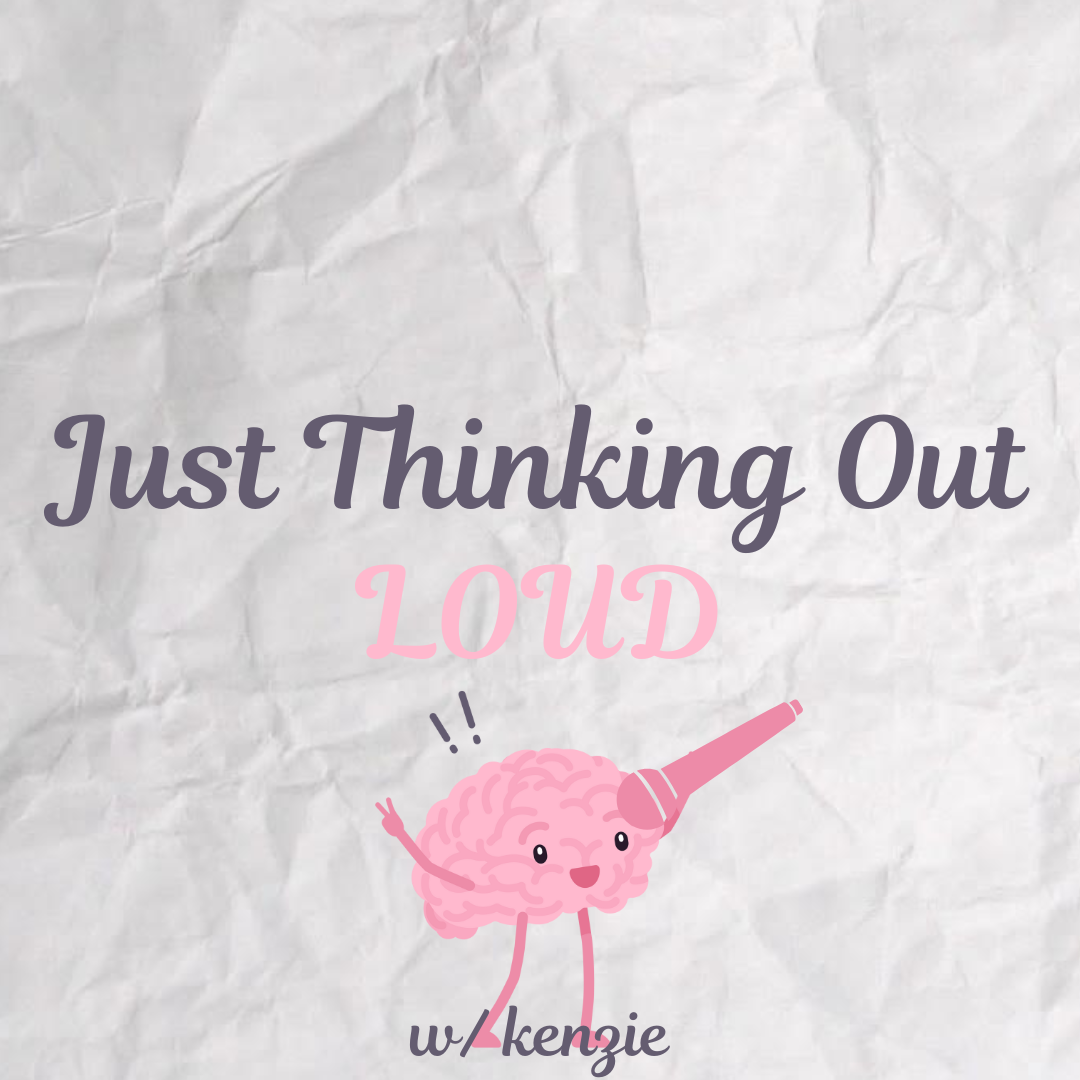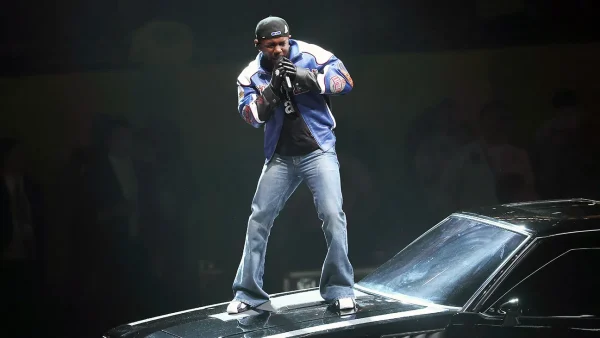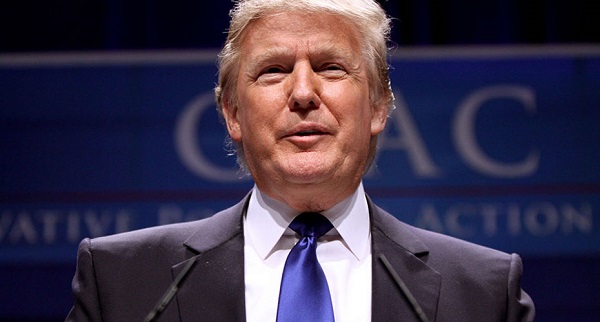Erasure and Misrepresentation: Asexuality in Film & TV
The past several decades have seen a cultural sexual awakening, in which expressions of sexuality have gone from being taboo to being celebrated. While this is for the most part a good thing, for asexuals the effect can be alienating. Sex is everywhere- it’s in marketing, movies, books, and is generally portrayed as a universal need. This has led to a cultural misconception that sex and sexual desire is somehow essential to life and happiness, resulting in the asexual identity being largely dismissed and unseen. The role of film and television in generating this stigma is huge, as media massively influences public opinion and perception. Lack of representation allows misconceptions to continue, and bad representation is even worse, generating and perpetuating negative stereotypes.
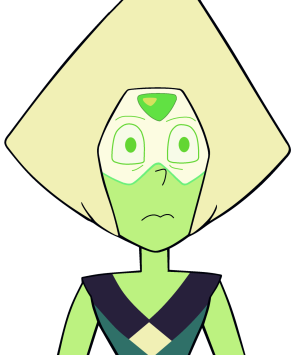
One of the most common depictions of asexuality is that it is a problem or health issue that needs to be fixed. One episode of the medical drama House, titled “Better Half”, has the titular character treating an asexual couple. Throughout the episode, he insists that they are not actually asexual, but ill, claiming that “the only people who don’t want [sex] are either sick, dead, or lying.” By the end of the episode, it is revealed that a pituitary problem was causing the man’s lack of sex drive, and that his wife was lying about being asexual to make him feel better. In the movie The Olivia Experiment, the main character Olivia identifies as asexual. This serves as the premise for most of the film’s plot, which involves her trying out sex in order to “clear up her issues” (from the plot summary on IMDb). Both of these are examples of cinema attempting to invalidate asexuality as an identity, instead reducing it to a problem that needs fixing. In Game of Thrones, the character Varys is depicted as asexual, something that is made problematic by the character being a eunuch, perpetuating the idea that asexuality is caused by a health issue or physical incapability. Of course, asexuality is simply another sexual orientation, equally valid as any other. While this could have actually been a chance for a more nuanced look at the subject in relation to physicality, the script here falls short.
It’s not just bad representation of asexuals that causes harm, however. Lack of representation, as well as the way sex and romance is generally portrayed in cinema contributes to stigmas. One of the most common misconceptions about asexuality is that it is impossible to feel romantic attraction without sexual attraction, and part of this is due to how media often portrays sex and romance as inseparable. Almost all romance movies, from Titanic to The Notebook, involve sex for the lead characters in some way, and it is often treated as a kind of consummate act in film. Of course there is nothing inherently wrong with all this, but it should still be acknowledged as a large part of what has contributed to asexuality being an unseen identity.
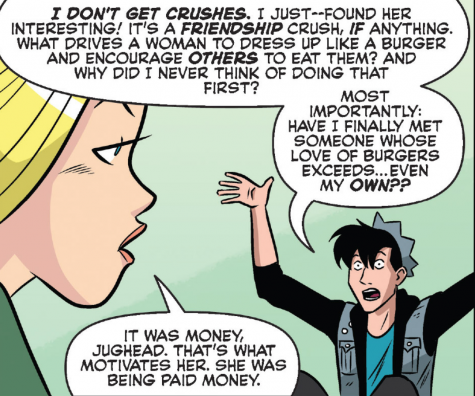
Another aspect of this is media portrayal of aromanticism- or rather the complete lack of it. Romance itself is usually treated as the end goal for characters, the thing they need to be happy. However, this is not at all true in real life, and a romantic relationship is not something that everyone needs to feel fulfilled. Unfortunately, Hollywood’s insistence on turning all things romantic often ends up erasing aromantic characters. Jughead, from the long running comic franchise Archie is canonically asexual and aromantic, something that is often a defining trait for his character. When the CW adapted the comic in it’s series Riverdale, the writers decided to depict Jughead as heterosexual, putting him into a love triangle with two other characters. In doing this, they got rid of a chance to represent an all too often unseen identity, in order to deliver a generic subplot that audiences have seen hundreds of times before.
Although the asexual and aromantic community has been misrepresented and erased throughout film history, there has been some positive representation recently. The Netflix series Bojack Horseman explored asexuality in it’s fourth season when the character Todd Chavez questions his sexuality. The writers spent the season crafting a compelling narrative of self discovery for the character, ending with him coming out as asexual. Later seasons of the show followed this up by taking time to address many prevalent misconceptions about asexuality. The only negative thing about this representation is how it stands alone- it is one of the only prominent examples of positive representation anywhere.
While recent trends are hopeful for the future of ace representation, there is still a long way to go.
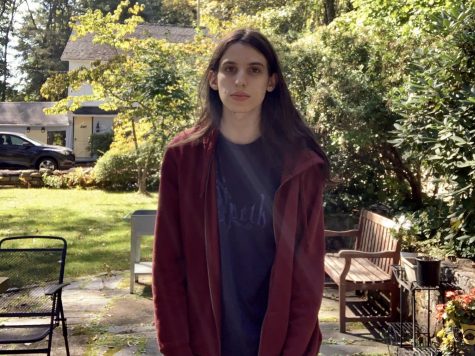
Miles is a senior at West Morris Central, and is excited to be writing for The Paw this year. Miles' main passion is for music, and he spends most of...









